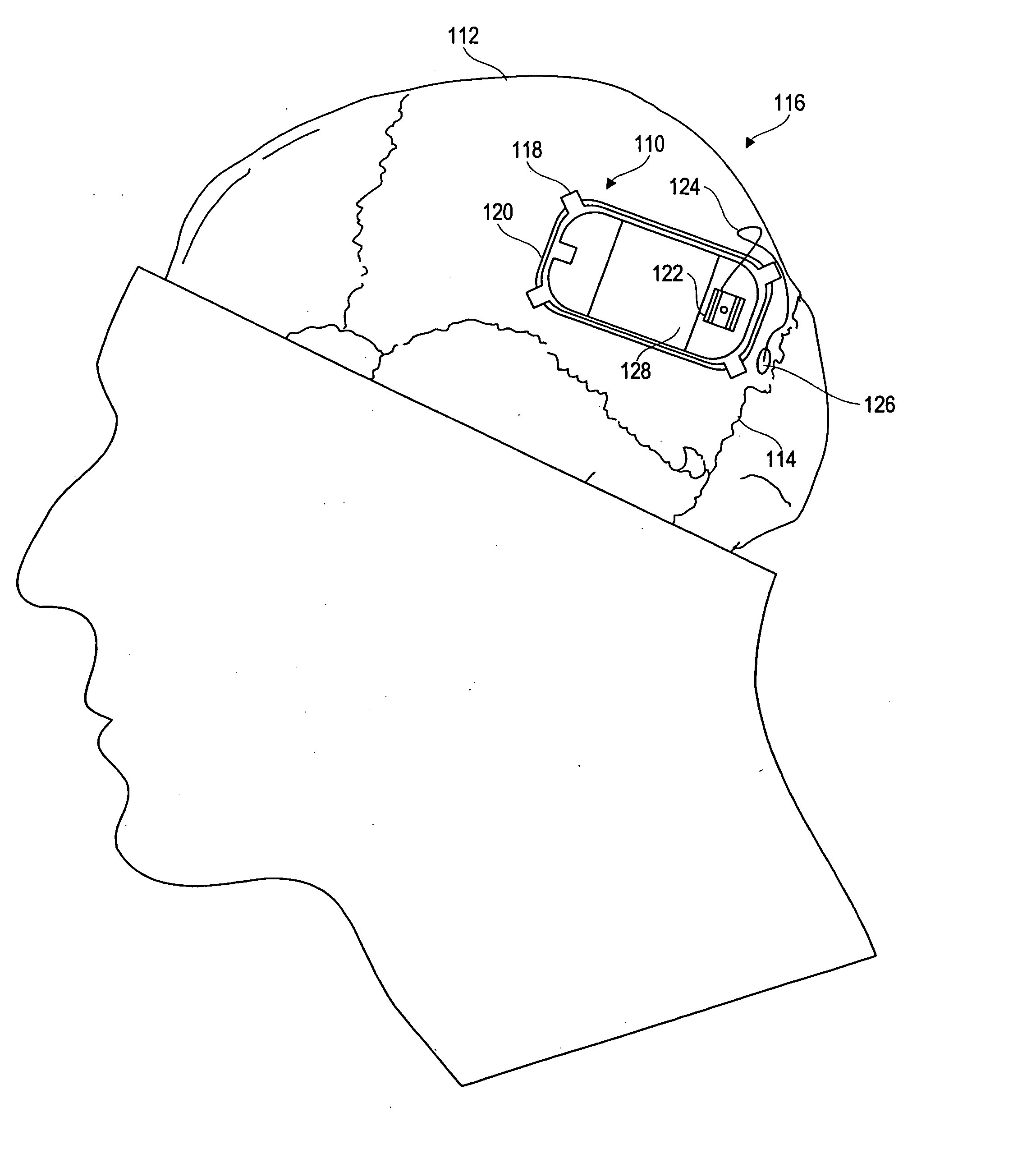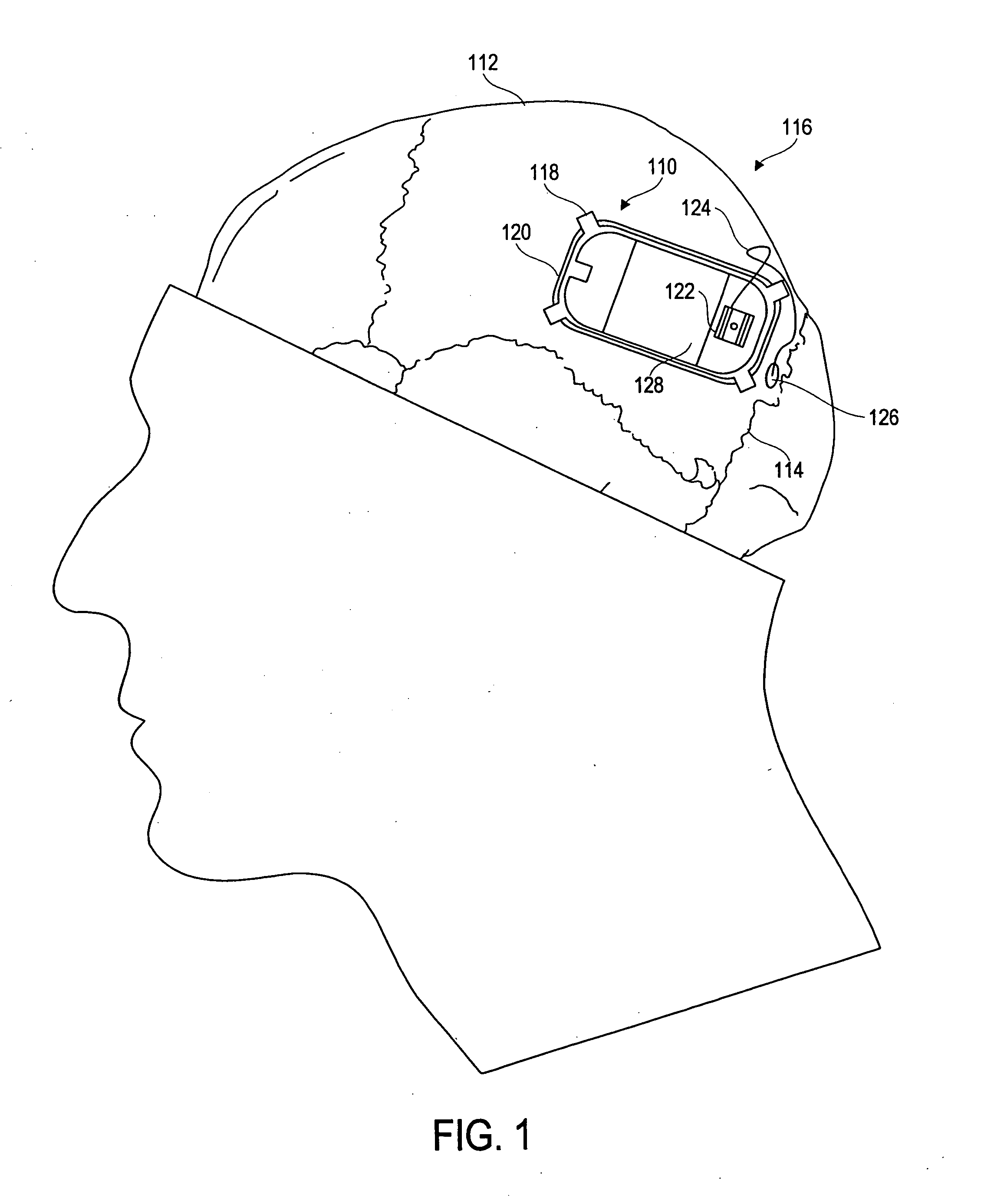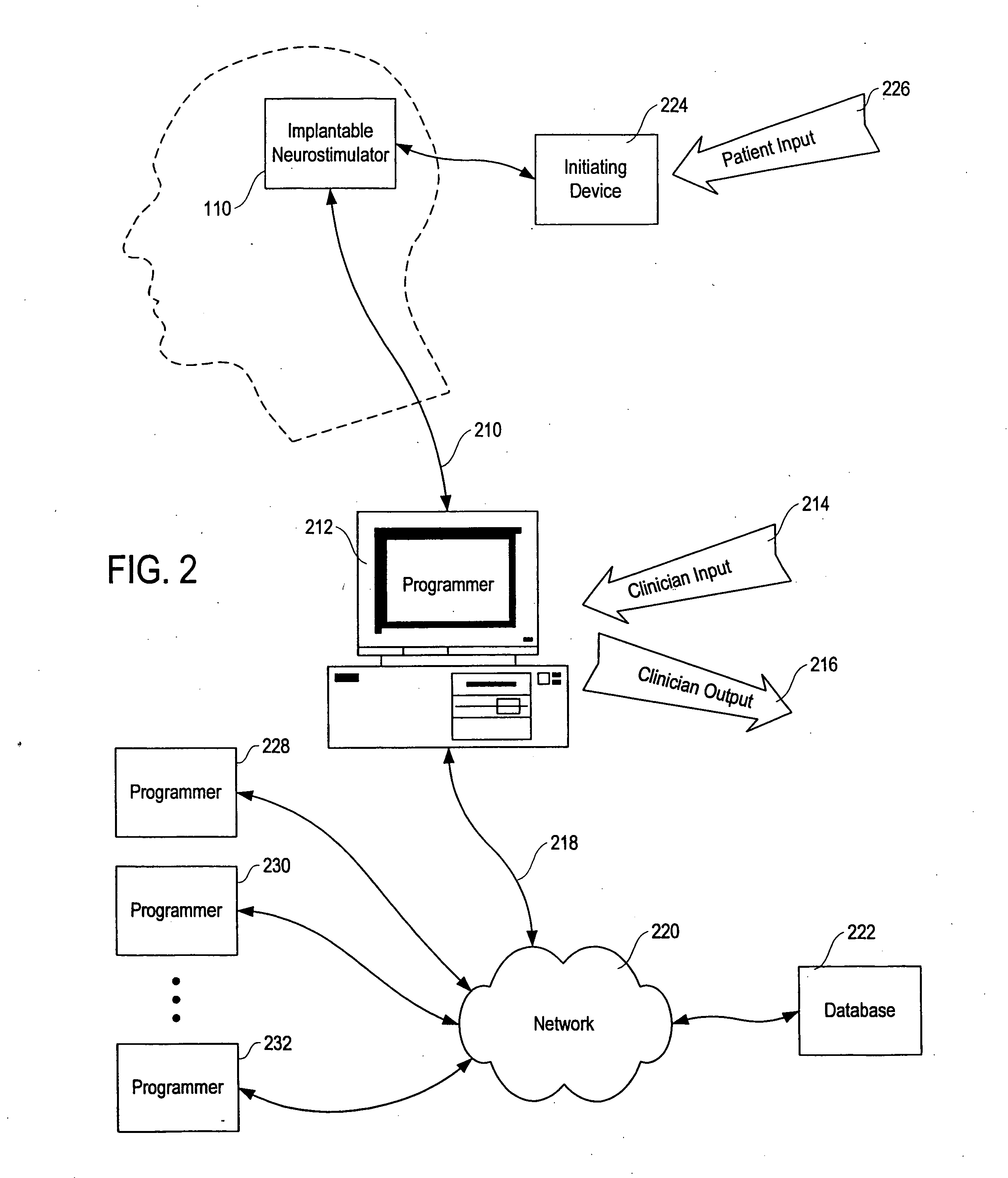Differential neurostimulation therapy driven by physiological therapy
a neurostimulation therapy and physiological therapy technology, applied in the field of electric stimulation therapy, can solve the problems of physical impairment, deterioration of other brain functions (including cognitive function), and frequent limitation of sufferers, and achieve the effects of reducing the frequency of patients' seizures
- Summary
- Abstract
- Description
- Claims
- Application Information
AI Technical Summary
Benefits of technology
Problems solved by technology
Method used
Image
Examples
Embodiment Construction
[0041] The invention is described below, with reference to detailed illustrative embodiments. It will be apparent that a system according to the invention may be embodied in a wide variety of forms. Consequently, the specific structural and functional details disclosed herein are representative and do not limit the scope of the invention.
[0042] In general, the invention provides differential therapy, that is, treatments that are tailored to the types and characteristics of seizures and other neurological events experienced by patients. This is accomplished by measuring or otherwise observing a characteristic of the event—typically the nature of a seizure onset, including its type, morphology, location, or other properties—and selecting and delivering a course of therapy accordingly. In addition, the invention anticipates the use of differential therapy applied prophylactically whereby treatments are tailored to characteristics of predictive events that generally precede neurologica...
PUM
 Login to View More
Login to View More Abstract
Description
Claims
Application Information
 Login to View More
Login to View More - R&D
- Intellectual Property
- Life Sciences
- Materials
- Tech Scout
- Unparalleled Data Quality
- Higher Quality Content
- 60% Fewer Hallucinations
Browse by: Latest US Patents, China's latest patents, Technical Efficacy Thesaurus, Application Domain, Technology Topic, Popular Technical Reports.
© 2025 PatSnap. All rights reserved.Legal|Privacy policy|Modern Slavery Act Transparency Statement|Sitemap|About US| Contact US: help@patsnap.com



